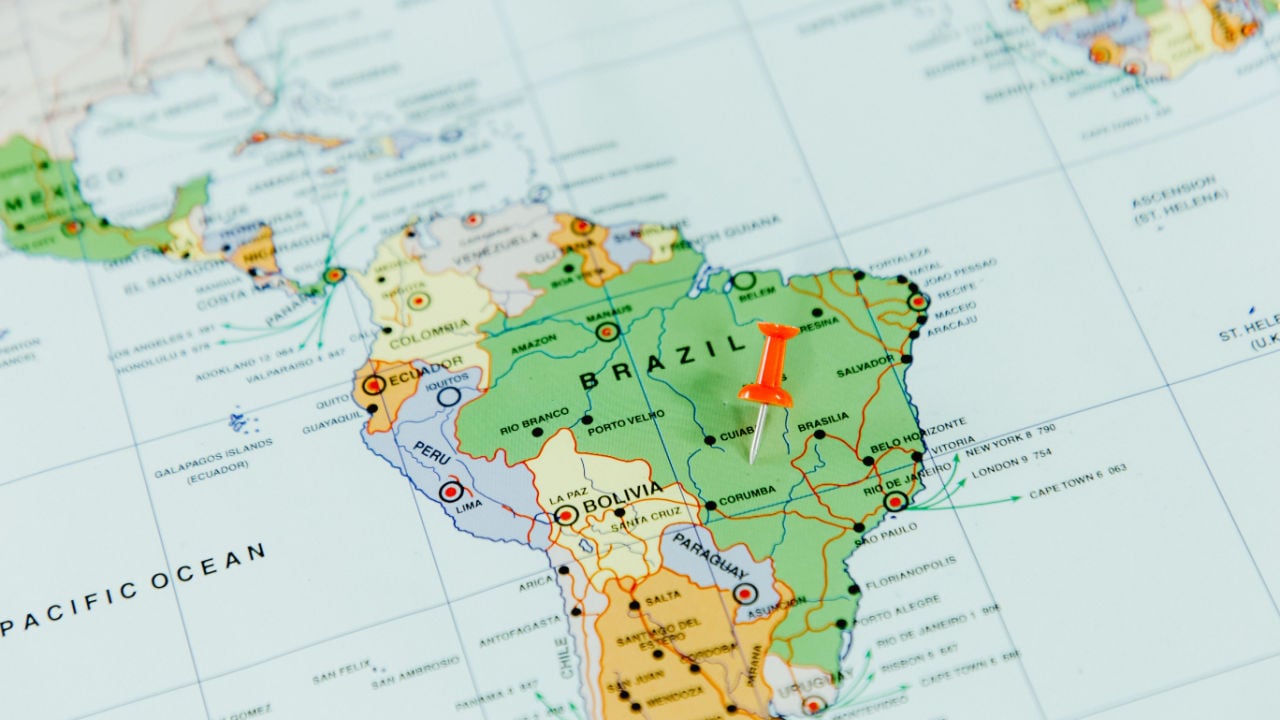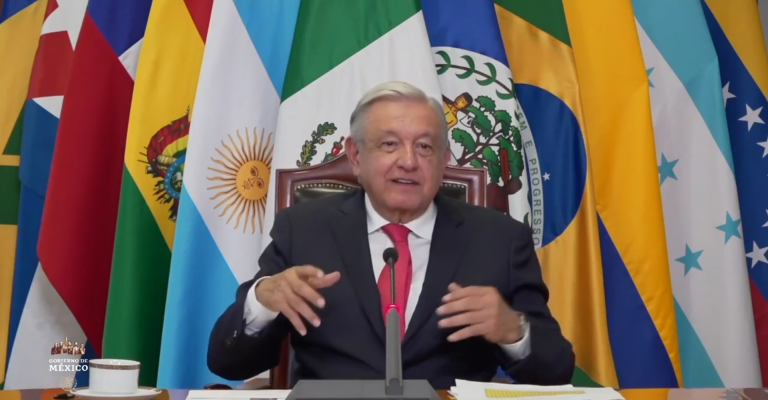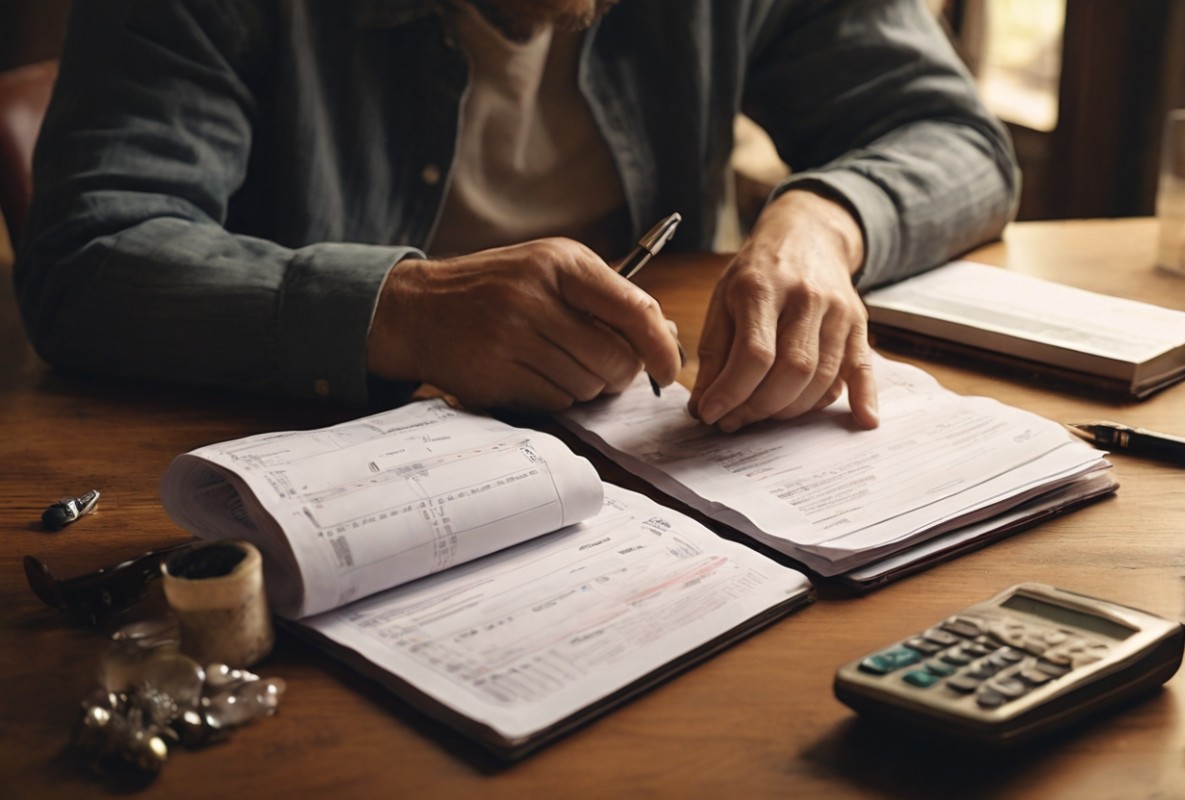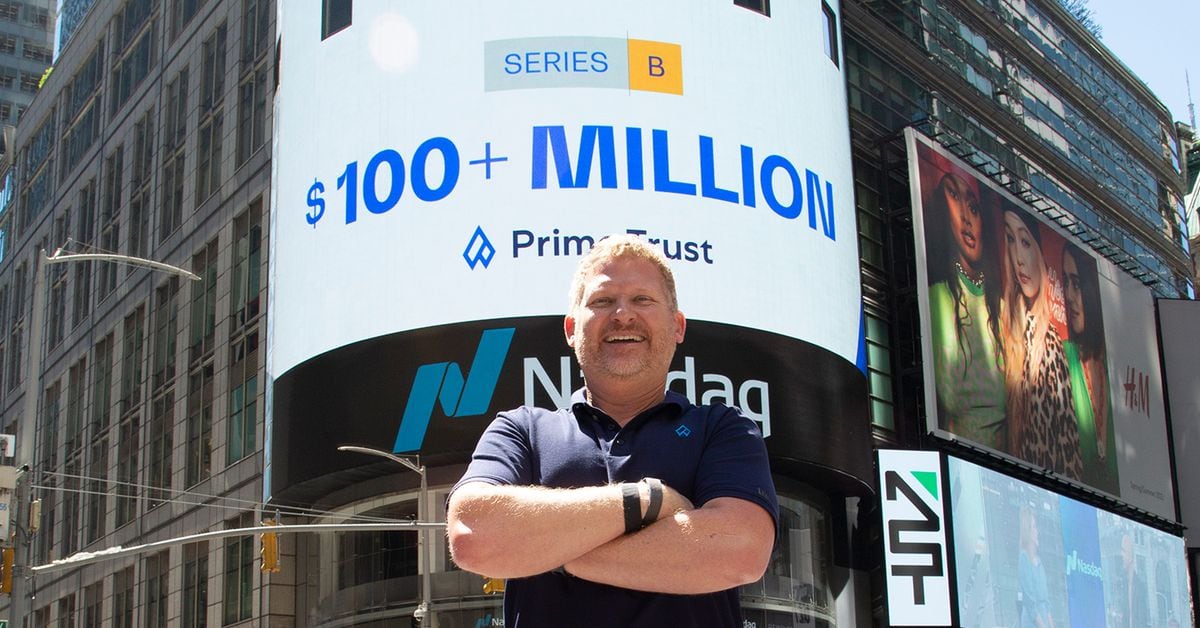
Welcome to Latam Insights, a compendium of the most relevant crypto and economic development news from Latin America during the last week. In this issue: Latin American nations ink an agreement to reduce inflation, Brazil-based BTG Pactual launches its own dollar-pegged stablecoin, and Argentina launches yet another dollar exchange rate.
Latin American Nations Sign Pact to Fight Inflation
On April 5, eleven countries in Latin America, including Argentina, Brazil, Chile, Colombia, Cuba, and Venezuela, signed an agreement to fight inflation by adopting a system that will create facilities for exporting and importing basic goods. The priority is to allow citizens to obtain these goods at affordable prices.

For this, the countries agreed to “advance in the definition of commercial facilities, as well as logistical, financial and other measures, that allow the exchange of products of the basic basket and intermediate goods to occur in better conditions.”
Andres Lopez Obrador, president of Mexico, who proposed this agreement back in March,, stated:
We can make exchanges economically, commercially, if we agree and remove obstacles, tariffs, sanitary measures, and each country has something to offer. All with the purpose that food and basic products can arrive at a better price.
BTG Pactual Launches Dollar-Pegged Stablecoin
On April 4, BTG Pactual, a Brazilian investment bank that reported over $100 billion in assets under management in Q4 2022, launched the BTG Dol, a dollar-pegged stablecoin. Touted as the first stablecoin asset launched by a bank, it seeks to bridge the traditional finance and digital finance worlds in Brazil, allowing users to mint it by paying only 0.5% for the conversion.
André Portilho, head of Digital Assets at BTG Pactual, stated that the development of this new stablecoin will give customers an “easier, safer, and smarter way to invest in dollars.” The dollar-pegged stablecoin and the funds backing it will be managed by BTG Pactual.
Argentine Government Debuts New Dollar Exchange Rate
The Argentine government will offer a new exchange rate to agricultural producers so they can liquidate their products at a higher rate (300 pesos per U.S. dollar) than what was offered before. The goal of the initiative is to accumulate more than nine billion dollars to reinforce the country’s reserves.
The government needs to accumulate at least $8 billion by December, in order to comply with agreements made with the International Monetary Fund (IMF). The government has a negative balance, having invested $3.4 billion this year in stabilizing the value of the Argentine peso, and facing high inflation and devaluation levels.
What do out think about the developments in Latin America this week? Tell us in the comment section below.
Image Credits: Shutterstock, Pixabay, Wiki Commons
Disclaimer: This article is for informational purposes only. It is not a direct offer or solicitation of an offer to buy or sell, or a recommendation or endorsement of any products, services, or companies. Bitcoin.com does not provide investment, tax, legal, or accounting advice. Neither the company nor the author is responsible, directly or indirectly, for any damage or loss caused or alleged to be caused by or in connection with the use of or reliance on any content, goods or services mentioned in this article.










